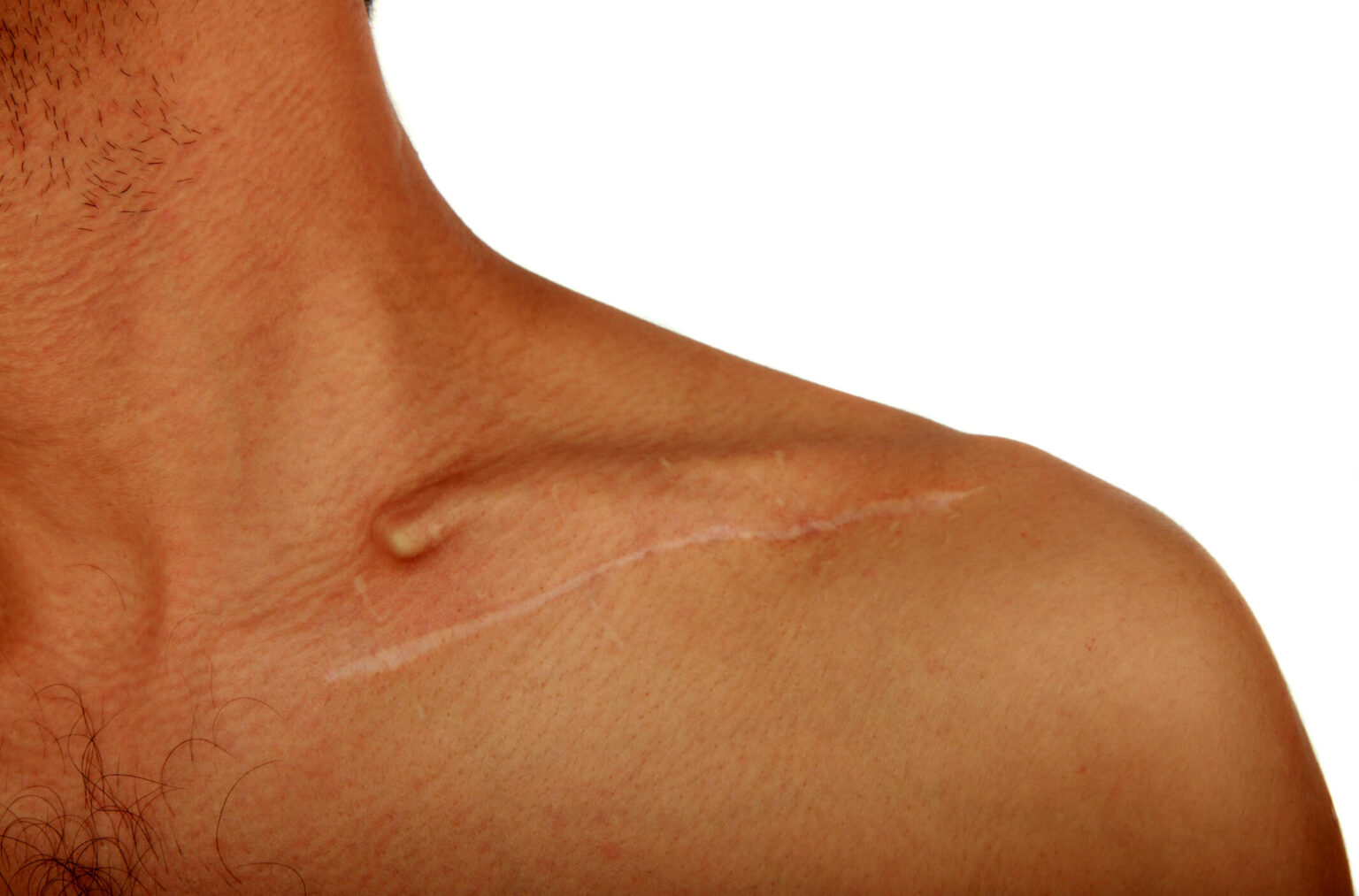Schedule An Appointment With Us
Are Your Symptoms Affecting Your Quality Of Life?
Consult our MOH-accredited orthopaedic specialist for an accurate diagnosis & personalised treatment plan today.

MBBS (S’PORE)
MRCS (Ireland)
MMed (Ortho)
FRCSEd (Ortho)

Clavicle fracture fixation is a medical procedure aimed at repairing a broken clavicle, commonly known as the collarbone.
The clavicle is a long bone that connects the shoulder blade to the sternum, playing a crucial role in shoulder movement and upper limb mobility. Fractures in this bone can result from various causes, including sports injuries, falls, or direct impacts.
This procedure is a common orthopaedic intervention, given the frequency of clavicle fractures, particularly among young adults and those engaged in contact sports.
The necessity for clavicle fracture fixation depends on various factors, and not all clavicle fractures require surgical intervention. The decision is influenced by the fracture’s characteristics, the patient’s health, and lifestyle needs.
Before undergoing clavicle fracture fixation, several preoperative considerations are important to ensure the best possible outcome. These considerations involve a range of assessments and preparations to optimise the patient’s condition for surgery.


Clavicle fracture fixation typically follows a structured process, which includes preparation, the surgical procedure itself, and immediate postoperative care.
Postoperative care and rehabilitation are aimed at promoting healing, restoring function, and preventing complications.
Schedule An Appointment With Us
Consult our MOH-accredited orthopaedic specialist for an accurate diagnosis & personalised treatment plan today.

MBBS (S’pore)
MRCS (Ireland)
MMed (Ortho)
FRCSEd (Ortho)
Dr Kau (许医生) is a Fellowship trained Orthopaedic Surgeon with a subspecialty interest in Hip and Knee surgery and has been in practice for more than 15 years.
He is experienced in trauma and fracture management, sports injuries, and joint replacement surgery.
If you have any enquiry, please do get in touch. Leave us a message and we will get back to you shortly.
For Singaporeans, Singapore Permanent Residents and Foreigners.
Please speak to our friendly clinic staff about using your insurance plans.

The time it takes for a clavicle fracture to heal after fixation varies, depending on factors such as the fracture’s severity, the patient’s age, and overall health, including the severity of the fracture, the patient’s age, and overall health. Typically, the bone takes about 6-12 weeks to heal sufficiently.
However, full recovery, which includes regaining strength and range of motion, might take several months. Patients should follow their orthopaedic surgeon’s guidance and not rush this process to ensure proper healing.
Post-surgery, wearing a sling is usually necessary to immobilise and support the arm. The duration of wearing a sling can vary but is generally for a few weeks. This period allows the clavicle to heal in the correct alignment.
The exact duration will be determined by the orthopaedic surgeon based on the specifics of the surgery and the patient’s healing process.
After clavicle fracture fixation surgery, patients are generally advised to avoid activities that may strain the healing bone, such as heavy lifting or high-impact sports, until the clavicle is fully healed. The orthopaedic surgeon will provide specific guidelines on movement and activity restrictions, which are tailored to the patient’s particular situation and the nature of their fracture and surgery.
Physical therapy is often a key component of the recovery process after clavicle fracture fixation. It helps in restoring the range of motion, strength, and functionality of the shoulder.
The specific physical therapy regimen will be tailored to the patient’s individual needs, depending on the nature of their fracture and their overall health and fitness levels.
In some cases, the metal hardware used for clavicle fracture fixation might cause discomfort or irritation and may need to be removed after the bone has fully healed. However, this is not always necessary and largely depends on individual circumstances and patient preferences.